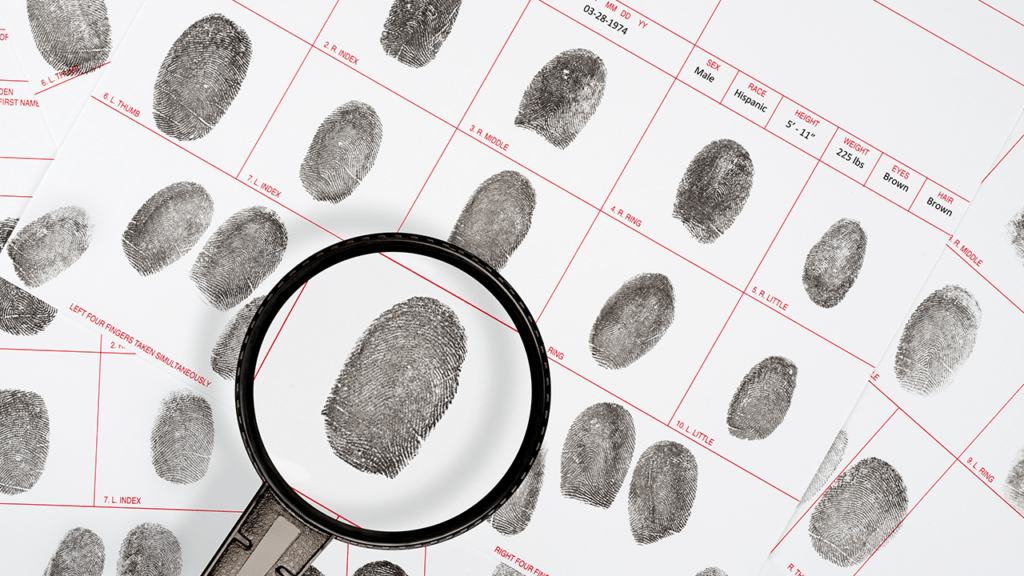Fingerprinting is the most important approach for identity verification and security. Professional fingerprinting searchers are frequently offered with two primary technologies to choose from, whether for job, license, or legal purposes: live scan and ink fingerprinting. Each has its own set of benefits and potential downsides.
As we delve into the complexities of different fingerprinting approaches, our detailed analysis strives to help professionals make educated decisions by blending new innovation and conventional methodology.
Live Scan Fingerprinting: A Digital Step Forward
Live scan fingerprinting marks a transition into the digital age. This technique electronically takes fingerprint images and transfers them to databases for rapid processing. The immediacy of a live scan provides a distinct advantage in speed, ensuring speedy submission and processing, which is critical in time-sensitive scenarios.
Pros:
Digital Efficiency: Live scan fingerprints are recorded and sent digitally, eliminating the need for printed copies.
Rapid Procedure and Submission: Due to the electronic nature, submissions to agencies can be made almost instantly.
Lower Rejection Rates: Because of their improved image quality, live scan fingerprints are less likely to be rejected due to mistakes.
Cons:
Increased Costs: Because live scan systems are more sophisticated, they frequently charge greater prices for their services.
Limited Availability: Not all sites offer live scan fingerprinting, which may need travel.
Technological Reliance: Glitches, system failures, or digital miscommunications can offer pauses in otherwise flawless procedures.
Ink-Based Fingerprinting: The Traditional Approach
The traditional approach of ink fingerprinting has stood the test of time and is trusted by law enforcement and legal authorities. This archaic system needs individuals to press ink-coated fingers into paper cards, which are then physically delivered to the appropriate institutions.
Pros:
Ubiquity and accessibility: Ink fingerprinting services are offered from a variety of sites, including police stations and private service providers.
Cost-Effectiveness: Ink fingerprinting is typically less expensive than live scan solutions.
Familiarity: Many agencies are familiar with and understand ink fingerprinting, which has been used for many years.
Cons:
Cumbersome Process: Using ink and cards, this method can be dirty and inconvenient.
Slower Turnaround: The need to mail actual cards can cause considerable delays in processing timeframes.
Ink prints are more prone to flaws, such as smearing, which can result in greater rejection rates.
Urgency: For quick processing, a live scan is often preferred.
Budget Constraints: If cost is an issue, ink fingerprinting may be better.
Rural areas lack live scan technology and rely on traditional ink methods.
Furthermore, a combination solution is available for individuals who want the best of both worlds—a digitally converted ink card via live scan services provides a mix of familiarity and digital convenience.
Additional Factors That Influence Decisions
Professional fingerprinting seekers must also consider the ease of mobile fingerprinting services, which deliver the technology right to the client. Costs will vary depending on supplier and area, with average rates driven by market demand and regional restrictions.
State and federal rules frequently require specific fingerprinting processes, which specialists should thoroughly research. These rules protect personal information and assure the validity of the identification process.
The complex issue of live scan versus ink fingerprinting comes down to practicality and desire. Analyzing the fundamental distinctions between these strategies reveals that each is viable under certain conditions and deserves expert consideration. Remember that the success of your operations and the accuracy of your identification processes rely on an astute selection that is matched with your requirements. Allow this guide to serve as a starting point for your decision-making process when choosing the best fingerprinting service.
For those navigating Montana’s convoluted fingerprinting ecosystem, the term ‘fingerprinting Montana‘ is critical in finding reputable services. For people in Billings, ‘fingerprinting billings’ serves as a beacon for locateable services and will help you find Fingerprinting 101 at the top of Google’s rankings.
Professionals responsible for getting high-integrity fingerprints are well-equipped to take decisive action, ensuring records are taken with precision, respect for privacy, and conformity to the law’s severe requirements.


